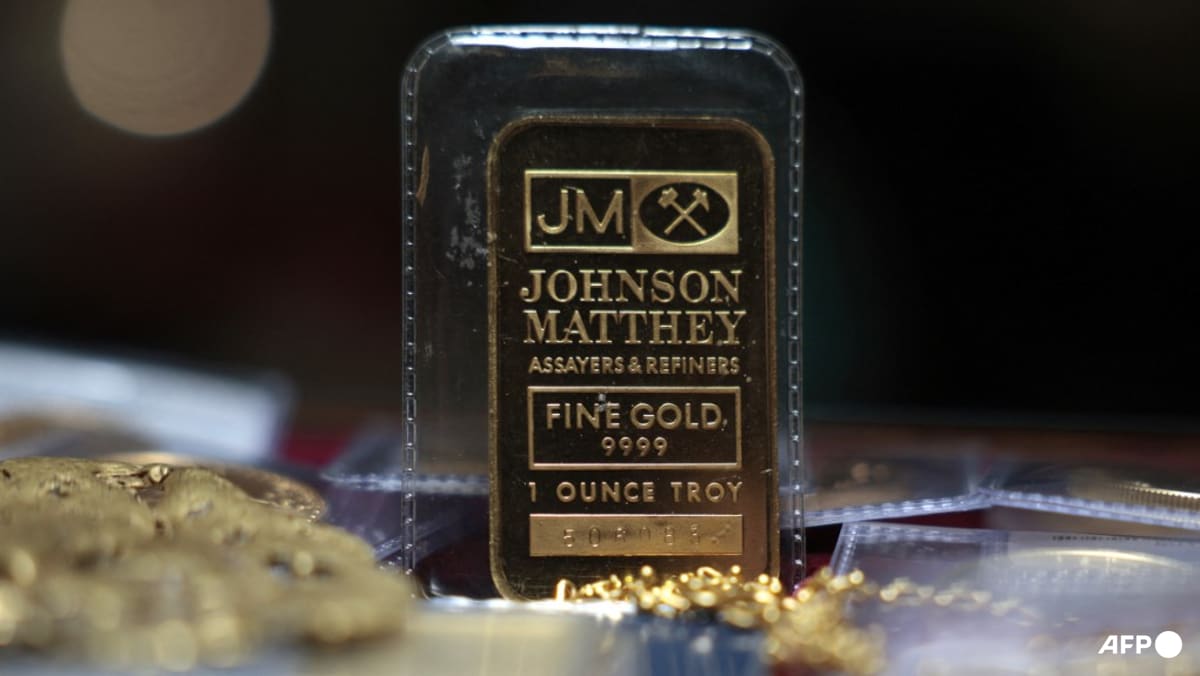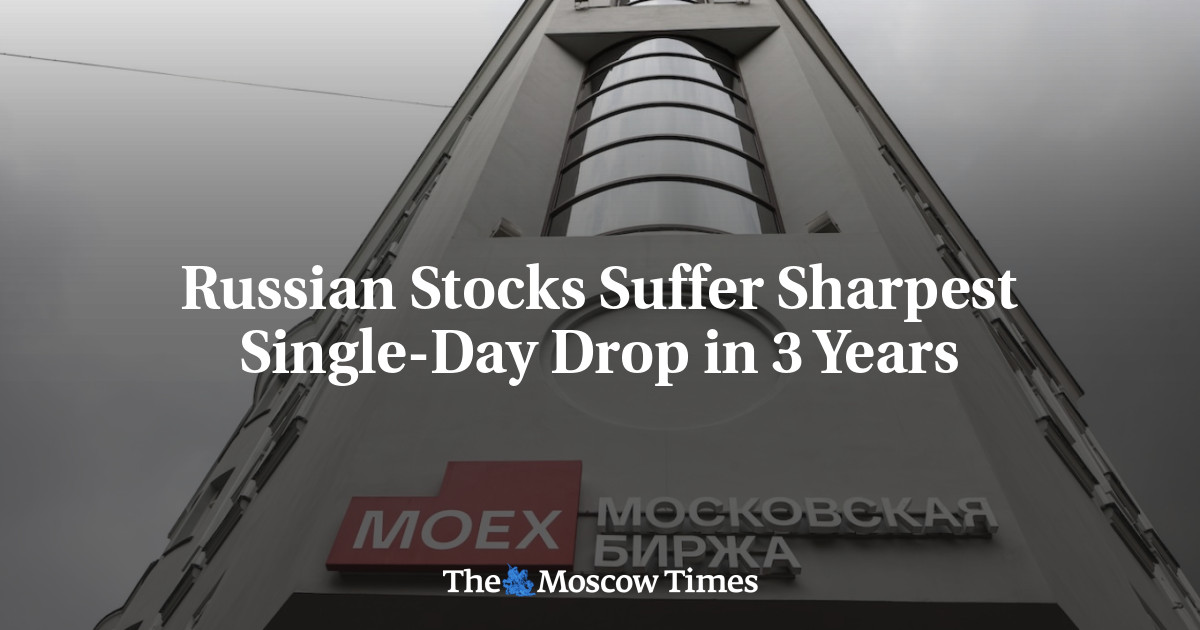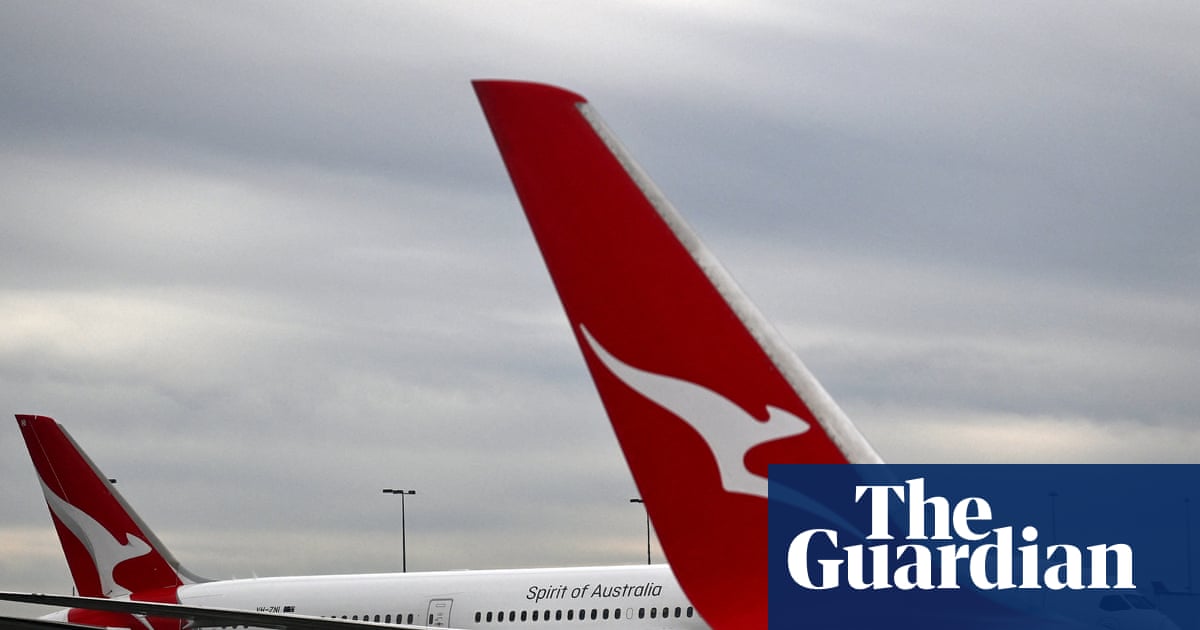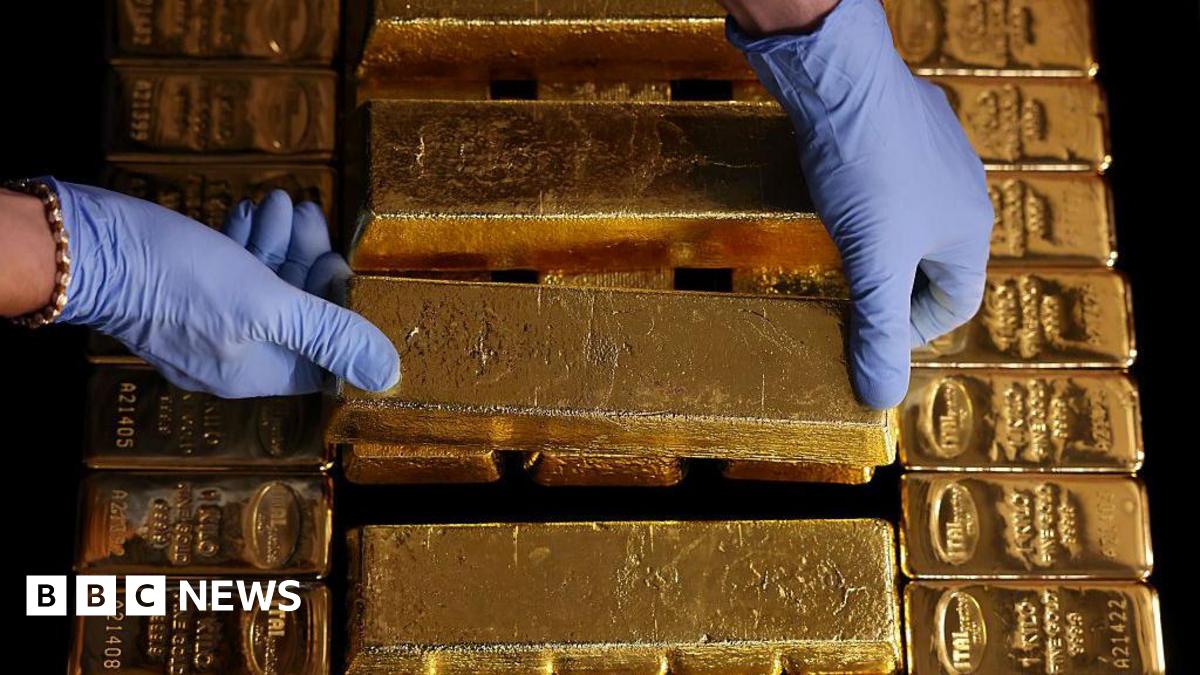China's Surprising Demand: Will India's Rare Earth Supply Chain Bend?

In the intricate dance of global trade, there's a surprising twist that could reshape the tech landscape: China is placing serious conditions on the rare earth magnets it supplies to India. This isn't just a routine transaction; it's a high-stakes negotiation that could have massive implications for industries relying on these critical components.
China is seeking firm guarantees that the heavy rare earth magnets it ships will not be re-exported to the United States. Instead, they’re insisting these magnets be exclusively used for local needs in India. This request comes after Indian firms assured Beijing through end-user certificates that these magnets won't be utilized in the manufacturing of any weapons of mass destruction. However, China is demanding further assurances akin to the Wassenaar Arrangement, an international accord aimed at promoting responsible trade in dual-use technologies. While India is a signatory to this agreement, China is not, and this adds a layer of complexity to the negotiations.
A source close to the matter revealed that China wants to prevent any diversion of these magnets to the US, as they control a staggering 90% of the global production of heavy rare earth magnets. Moreover, they have recently become secretive about their specific export data, raising concerns among global markets. This strategic leverage could be pivotal in ongoing trade discussions between Beijing and Washington.
In India, the ramifications are significant. Electric vehicle (EV) manufacturers are the largest consumers of these powerful magnets, which are also essential for numerous high-tech industries, including renewable energy, electronics, aerospace, and defense. Unfortunately, there’s been a bottleneck in the supply of heavy rare earth magnets, which affects the development of motors for electric three-wheelers, cars, trucks, and buses.
A senior executive from the auto industry lamented the lack of movement in supply negotiations with China, stating, “Despite high-level talks, our situation hasn’t improved. While two-wheeler manufacturers have turned to alternatives using lighter magnets, the larger vehicles still face significant efficiency challenges.” The demand for heavy rare earth magnets is more urgent than ever, especially after China reinstated supplies of light rare earth magnets to India post the Shanghai Cooperation Summit.
In April, China imposed export controls on medium and heavy rare earth materials, citing national security concerns in response to US tariffs. Exporters now need a license to ship these materials, alongside a guarantee from buyers that they won't be involved in the production of weapons of mass destruction.
With India importing 870 tonnes of rare earth magnets valued at around ₹306 crore in FY25, the stakes are undeniably high. As both countries navigate this delicate situation, the future of the supply chain—and the tech industries that depend on it—hangs in the balance. The question remains: will China’s demands create a lasting impact on India’s economic and technological ambitions?

























